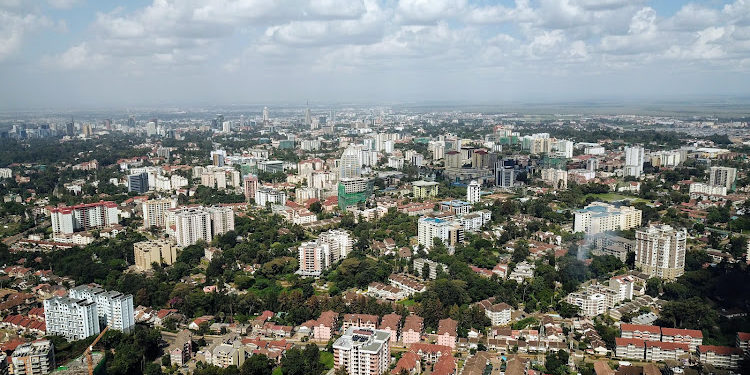Kilimani, once synonymous with exclusivity and opulence, is undergoing a transformative shift from its historical status as a strictly residential enclave for the affluent. Originally designated for detached and semi-detached properties, Kilimani’s landscape has evolved over the years due to burgeoning population growth and urbanization.
The contemporary Kilimani presents a diverse panorama, featuring a blend of high-rise apartments and mixed-use properties. The surge in population has prompted a reevaluation of land use policies, opening up avenues for commercial development. Developers have received permits to erect towering structures, strategically aiming to capitalize on vertical space.
As a consequence of this vertical expansion, Kilimani has become a hub of high-rise buildings, a stark departure from its erstwhile reputation as an enclave for lavish mansions. Wealthy property owners, confronted with the changing dynamics, have migrated to more secluded locales in pursuit of greener and more private surroundings.
The proliferation of high-rise buildings raises concerns about security for mansion occupants, who find their privacy compromised by the numerous apartment renters keen on observing their day-to-day activities. Additionally, the looming skyline of 15-storey structures has diminished the once lush and leafy appeal of Kilimani.
The construction boom in high-rise buildings has exacerbated existing challenges in infrastructure and amenities. The strain on drainage and sewer systems has manifested in frequent flooding, a visible consequence of intensified land use. The escalating population has placed unprecedented pressure on road infrastructure, leading to heavy traffic during peak hours as the middle class engages in their daily business activities.
This pattern of transformation, where the middle class disrupts traditional housing markets through the construction of high-rise buildings, is not unique to Kilimani but has also been observed in areas like Donholm. Consequently, affluent individuals are seeking refuge in satellite areas such as Nanyuki, Syokimau, Diani, Kilifi, Tigoni, Narok, and Malindi, where privacy and exclusivity are still attainable in the face of urbanization and shifting demographics.


















